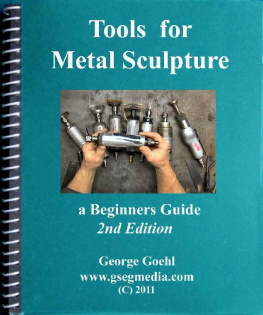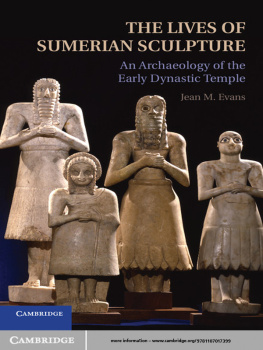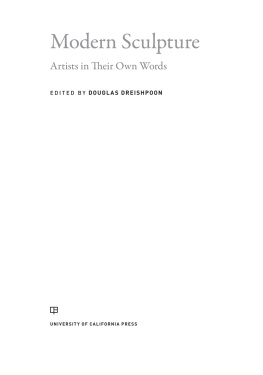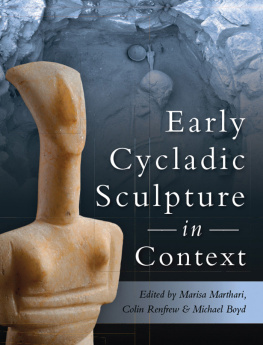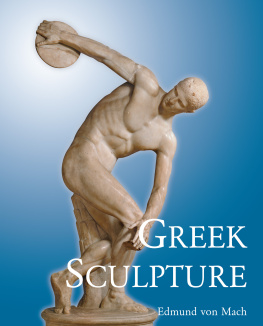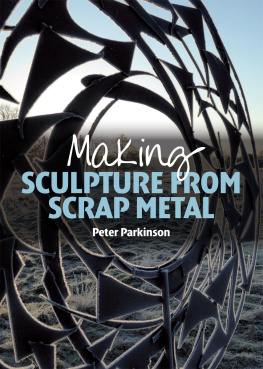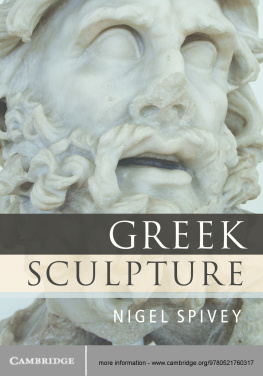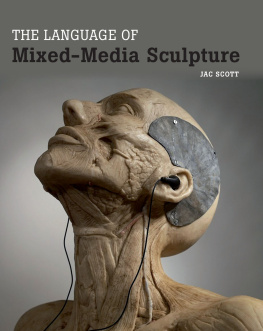SCULPTURE COLLECTIONS IN EARLY MODERN SPAIN
In the past decade, there has been a surge of Anglophone scholarship regarding Spain in the sixteenth and seventeenth centuries, which has led to a reframing of the discourses around Spanish culture of this period. Despite this new interestin which painting, in particular, has been singled out for treatmenta comprehensive study of sculpture collections and the status of sculpture in Spain has yet to be produced. Sculpture Collections in Early Modern Spain is the first book to assess the phenomenon of sculpture collecting and in doing so, it alters the previously held notion that Spanish society placed little value in this art form.
Di Dio and Coppel reveal that, due to the problems and expense of their transport from Italy, sculptures were in fact status symbols in the culture. Thus they were an important component of the collections formed by the royal family, cultivated noble collectors, humanists, and artists who had pretensions of high status.
This book is especially useful to specialists for its discussion of the typologies of collections and objects, and of the mechanics of state gifts, transport, and collection display in this period. An appendix presents extensive archival documentation, most of which has never before been published. The authors have uncovered hundreds of new documents about sculpture in Spain; and new documentary evidence allows them to propose several new identifications and attributions.
Firmly grounded in extensive archival research, Sculpture Collections in Early Modern Spain redefines the socio-political and art historical importance of sculpture in early modern Spain. Most importantly, it entirely transforms our knowledge regarding the presence of sculpture in a wide range of Spanish collections of the period, which until now has been erroneously characterized as close to nonexistent.
Kelley Helmstutler Di Dio is an Associate Professor of Art History at the University of Vermont, USA.
Rosario Coppel is an independent art historian based in Bilbao, Spain.
To our families
Per le nostre famiglie
Para nuestras familias
Sculpture Collections in Early Modern Spain
Kelley Helmstutler Di Dio and Rosario Coppel
ASHGATE
Kelley Helmstutler Di Dio and Rosario Coppel 2013
All rights reserved. No part of this publication may be reproduced, stored in a retrieval system or transmitted in any form or by any means, electronic, mechanical, photocopying, recording or otherwise without the prior permission of the publisher.
Kelley Helmstutler Di Dio and Rosario Coppel have asserted their right under the Copyright, Designs and Patents Act, 1988, to be identified as the authors of this work.
Published by
Ashgate Publishing Limited
Wey Court East
Union Road
Farnham
Surrey, GU9 7PT
England
Ashgate Publishing Company
110 Cherry Street
Suite 3-1
Burlington, VT 05401-3818
USA
www.ashgate.com
British Library Cataloguing in Publication Data
Di Dio, Kelley Helmstutler.
Sculpture collections in early modern Spain.
1. Sculpture--Private collections--Spain--History--16th century. 2. Sculpture--Private collections--Spain--History--17th century.
I. Title II. Coppel, Rosario.
730.94609031-dc23
The Library of Congress has cataloged the printed edition as follows:
Di Dio, Kelley Helmstutler.
Sculpture collections in early modern Spain / by Kelley Helmstutler Di Dio and Rosario Coppel.
pages cm
Includes bibliographical references and index.
ISBN 978-1-4094-6904-9 (hardcover : alk. paper) -- ISBN 978-1-4094-6905-6 (ebook) -- ISBN 978-1-4094-6906-3 (epub)
1. Sculpture--Collectors and collecting--Spain--History--16th century. 2. Sculpture--Collectors and collecting--Spain--History--17th century. 3. Art and society--Spain--History--16th century. 4. Art and society--Spain--History--17th century. I. Coppel, Rosario. II. Title.
NB23.S7D5 2013
730.7446--dc23
2012047410
ISBN 9781409469049 (hbk)
ISBN 9781409469056 (ebk-PDF)
ISBN 9781409469063 (ebk-ePUB)
Contents
Illustrations
Cover image: Felix Castelo, Casa de Campo. Museo de Historia, Ayuntamiento de Madrid.
Acknowledgements
The idea for this project began the first time we met in 2001 in the State Archives in Florence. It was just a few years after Marcus Burke and Peter Cherrys study on Collections of Paintings in Madrid 16011755 (Getty, 1997) had come out. After much research in the archives in Florence, it was clear to us that sculptures played a more important role in the history of collecting and taste in Spain than previously believed.
Twelve years of research, collaboration, friendship, and many happy and productive days together in Madrid, finally resulted in this volume. But, as with all projects, a great number of colleagues, institutions, friends and family made our work possible.
First, we wish to acknowledge our debt to Rosemarie Mulcahy, a scholar whose work and deep knowledge of Spanish art and culture were as inspiring as her generosity, her constant good nature, and her elegance. Sadly, Professor Mulcahy passed away as our book was going to press. Our debt to her is particularly profound, we recently discovered, as she was the anonymous reader of this manuscript. True to her style and work ethic, she offered very important suggestions that considerably improved the text and increased the ease of use of the appendices, and she did so with great efficiency, acumen, and dedication. The loss of Rosemarie Mulcahy is a great loss to the field of Spanish art history and to all who knew her.
Both authors wish to thank the cohort of scholars that generously encouraged and contributed in many ways to our study. Edward Goldberg, Susanne Kubersky, Salvador Salort Pons, Margarita Estella, Stephan Schrder, Mara Jess Herrero, Almudena Prez de Tudela, Leticia de Frutos, Paz Aguil, Walter Cupperi, Gloria Mora, Jos Luis Sancho, Jeremy Warren, Guy Lazure, the staff at the Archivio di Stato, Florence, the Archivio di Stato, Milan, the Archivo Histrico de Protocolos, Madrid, and Isabella Aguirre and the staff at the Archivio General de Simancas. Di Dio also thanks the miracle-working interlibrary loan librarian at UVM, Barb LaMonda, student research assistants Emalee Denardo, Justine Pentifallo, Tegan Mahoney and Alexandra Jones, as well as Helen Wagg for her assistance with translations. The authors are also grateful for the indefatigable enthusiasm and help of our commissioning editor, Erika Gaffney.
In addition, Di Dio gratefully acknowledges the financial support, time and other resources received from a Kress Foundation Curatorial fellowship at the Medici Archive Project, the University of Vermonts Career Enhancement Grant, two Latti Coor Grants for the Humanities, a grant from the Program for Cultural Cooperation between the Ministry of Arts and Culture of Spain and U.S. Universities and a Craig Hugh Smyth fellowship at Harvards Center for Renaissance Studies Villa I Tatti.
Our heartfelt thanks are extended to our families for their support and patience and for the sacrifices they made that allowed us to travel, work, study, think and write. It is to them that our study is dedicated.
1
Sculpture Collections in Spain: An Overview
In 1556, Pompeo Leoni arrived in Spain with a series of Imperial portraits in bronze and marble for which Holy Roman Emperor, Charles V (King Charles I of Spain) had commissioned his father, Leone Leoni ( The facade of the house became a public statement about the family, its wealth and its social and political ambitions. The interior of the house, seen by a more select audience, became the site for even more grandiose familial representations and social projection.
Next page

